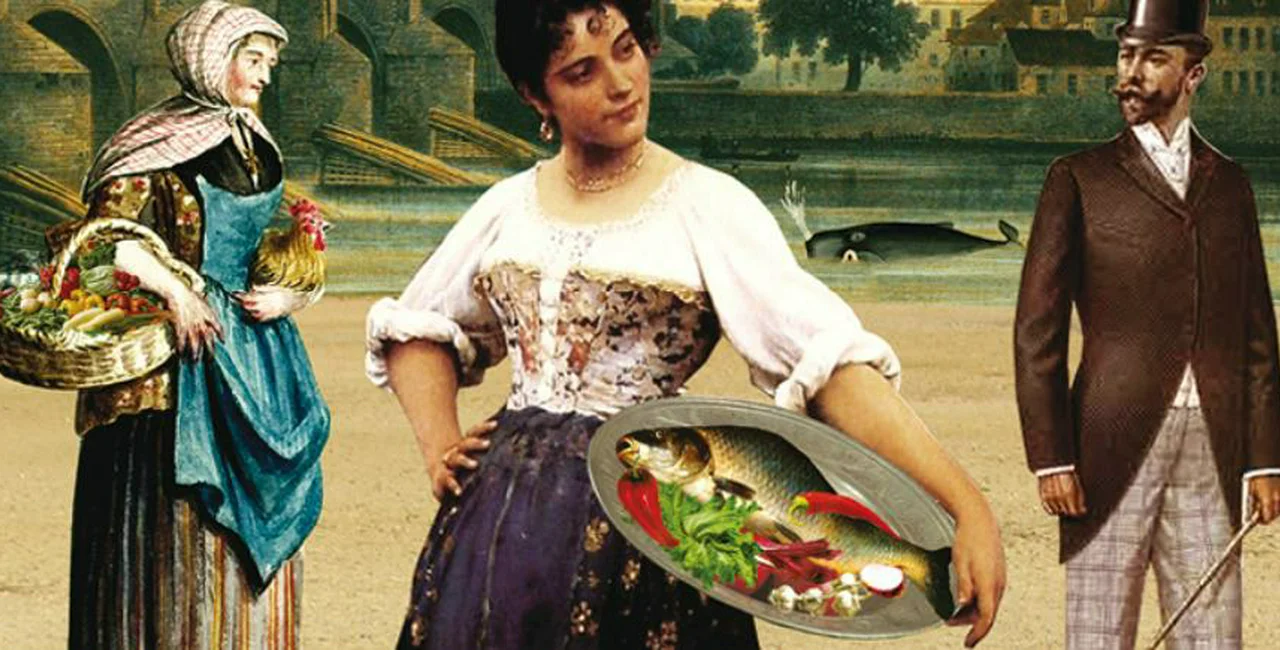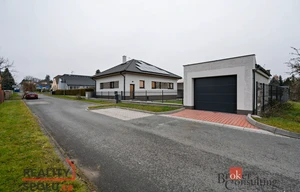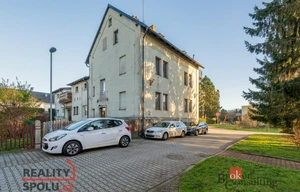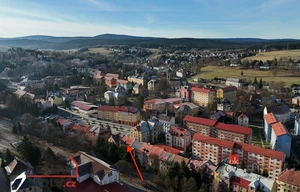The newly released Old Prague Cookbook by food historian and gastronome Viktor Faktor is brimming not only with recipes for obscure Czech dishes (cotton soup or snail meatloaf, anyone?) but tasty trivia on the history of dining in 19th-century Prague, where world-renowned delicatessens and cafés contributed to the development of a national cuisine which combined traditional folk foods with the refinement of the time.
Old Prague specialties can trace their origins to the second half of the 19th century when large inns, pubs, and even wine bars and hotels were spreading. Old Prague traditional specialties originated at this time like Prague Ham, wieners and other cured meat which were served with various sauces — for example creamed horseradish or plum sauce. – Viktor Faktor, Old Prague Cookbook
Here is a sampler of some of the book’s choice bits detailing what it was like to shop, dine out, and café hop in the First Republic:
Prague Pop-Ups and Street Food: Nothing New

- Street kitchens where you could buy cheap portions of things like pork rinds with bread and spleen were popular in Prague.
- Another kind of street eatery a funnel, located in the carriageways of large pubs, served cheaper food and discounted beer in clay vessels.
- Food merchants often went around to pubs buying leftovers which they would slop together and sell by the scoop!
- The Na Dolejší district (now Podolí) was famed for street stalls selling grundels; breaded and fried in oil while still alive, they are said to have been a favorite snack of Franz Kafka.
Snail Meatloaf, Coffee from Peas and Acorns

- A peculiarity of Old Czech cuisine was the abundant use of peas and anything that could be acquired by picking – mushrooms and forest berries as well as, during times of poverty, acorns.
- Coffee substitutes were made from peas, acorns, and figs and eventually roast chicory root which became the most common.
- Snail mince was frequently used in everything from meatloaf to a buttery, bread-crumbed dish called Prague snails.
To Market, To Market
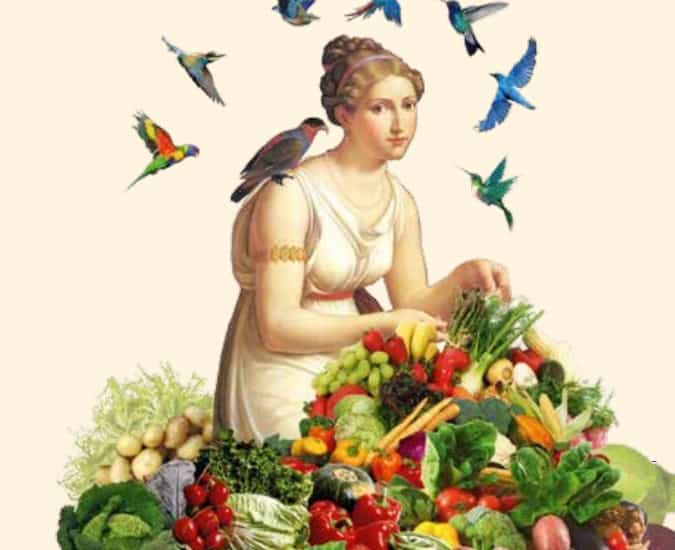
- The opening of Prague’s Old Town Market in 1897 was preceded by a mutiny among the market sellers who did not want to move from their established spots – a month before opening only eight stands out of 290 was occupied.
- Food came to the Czech capital from the surrounding cities and Elbe plain. Shoppers bought fresh eggs, butter, crayfish, and frog meat.
- At the former Coal Market, food was served from unwashed dishes and spoons tied to the table.
- The best-known market in old Prague was the Old Town Fruit Market, but the Egg Market on adjacent Rytířská street had poultry, lard, and all manner of eggs and egg dishes.
Dining Out In Old Prague

- Over 100 years ago Prague Ham was an essential offering on any menu of a quality restaurant.
- Many of the Czech classics as we know them today began to arise during this period including pork with cabbage and dumplings invented by a savvy Prague restaurateur.
- The most popular foodie hotspots of the day: Lipperts delicatessen on Na Příkopě, Šroubek (formerly the Grand Hotel Europa) on Wenceslas Square, Antonín Chmel butcher in Vinohrady, and the Hotel Steiner (now the Grand Hotel Bohemia) by the Powder Gate.
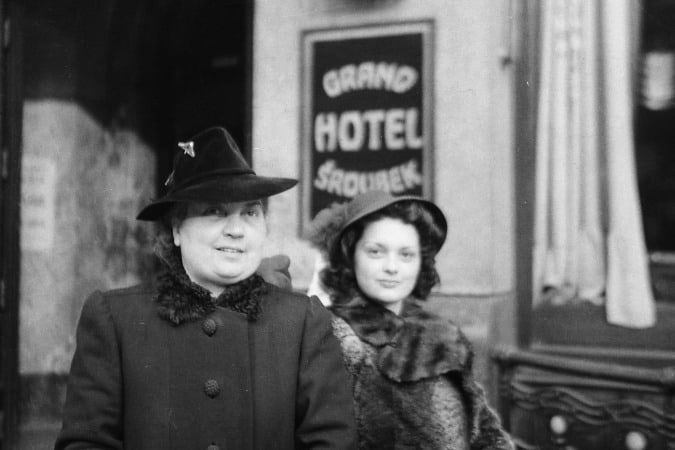
- Chefs were a rarity, only larger establishments prided themselves on having one; people went to pubs for entertainments socializing not to eat.
- In most pubs at the time, it was common that guests would bring their own dinner from the meat-curer.
- Prague had its own culinary specialties: Veal brisket in the Prague manner, Prague fried eggs, Prague cake, and many more.
Café Louvre: The Original Co-Working Space

- The first café in Prague was opened in 1714 at the Golden Snake On Karlova Street.
- Cafés later diversified based on their patrons. There were patriotic or literary cafés like Arco, Unionka, or Ferdinandova (today Narodní).
- Café Louvre which still exists today was the largest Prague café at the time and could accommodate 700 guests—it also served as an office: visitors used the writing room and telephone. The café was also visited by emancipated women!
Excerpt from the English-language translation of the Old Prague Cookbook by Viktor Faktor (Práh, 2018) with collage illustrations by Czech artist Miroslav Huptych.












 Reading time: 3 minutes
Reading time: 3 minutes 